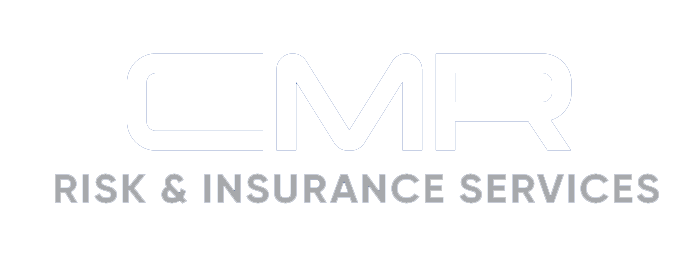workplace safety

July 9, 2024
2024 Midyear Market Outlook: Workers’ Compensation Insurance
Profitable underwriting results have generated favorable conditions across the workers’ compensation insurance market for nearly a decade. According to the National Council on Compensation Insurance (NCCI), the segment produced combined ratios of 84.5 and 84.9 in 2022 and 2023, respectively, demonstrating continued profitability. Industry experts initially reported that reserve redundancies stemming from reduced presumptive liability...

June 27, 2024
Active Assailant Coverage: A Key Provision in Preparing for California’s New Workplace Violence Prevention Law
With more than 650 mass shootings in 2023 and more than 110 this year (at the time of publication), it’s clear that active assailant incidents pose a severe and unpredictable threat to businesses of all types. And while most insureds have not been exposed to an active assailant event, the demand for this coverage is on the rise....

June 26, 2024
Preventing Heat-related Illnesses at Work
During the hot summer months, outdoor employees are increasingly vulnerable to heat-related illnesses. Normally, the body has ways of keeping itself cool by allowing heat to escape through the skin and evaporating sweat. However, if the body does not cool down properly or enough, a person may suffer a heat-related illness. Here are the three...

June 25, 2024
Tips for Business to Prevent Carbon Monoxide Poisoning
Carbon monoxide (CO) is a colorless, tasteless and odorless poisonous gas that is a byproduct of the incomplete burning of carbon-containing material. It can quickly accumulate in areas where employees work, even if the space appears well-ventilated. Exposure to CO can cause serious health problems and even fatalities, so business owners must take steps to...

June 17, 2024
50% of Non-Native English Speakers Don’t Understand Their Safety Training
Companies may think they have workplace safety resources covered, but they may not have taken into consideration one very important detail: Whether their workforce can understand them. One-hundred percent of industrial workers say that safety training is essential for fostering a safe workplace, according to the Vector Solutions State of Industrial Worker Safety and Well-Being Report....

May 28, 2024
Survey Reveals Small Business Safety Concerns, Unusual Claims
Understanding workplace safety risks and being properly prepared can help protect businesses and employees from a wide range of potential workplace hazards, including spiders and robots. Pie Insurance Services Inc. recently surveyed 1,034 small business owners, those with less than 500 employees, to uncover insights into top safety concerns, how prepared businesses are for summer...

March 8, 2024
Predictive Modeling: The Future of Workplace Safety Management
In today’s dynamic corporate landscape, workplace safety remains paramount for organizations across industries. While traditional approaches relying on lagging and leading indicators, safety incidents and accident information have long been the cornerstone of safety programs, there’s a growing recognition of their limitations in anticipating and preventing accidents. Enter predictive modeling and machine learning, which offer...

February 12, 2024
Types of Transitional Duties in Return-to-Work Programs
When an employee experiences an occupational illness or injury, their eventual return to the workplace can create considerable challenges, putting significant stress on both the individual and their employer. Nevertheless, return-to-work (RTW) programs can help alleviate these concerns by supporting staff as they reintegrate into the workforce. These programs may entail having an injured employee...

November 20, 2023
Fostering a Culture of Workplace Safety
Fostering a strong safety culture provides many benefits. In addition to reducing the risk of workplace accidents, such a culture can also help improve employee morale, enhance a business’s reputation and minimize related costs and liabilities. This article explains what it means to have a strong safety culture, outlines associated benefits and provides strategies companies...

September 25, 2023
Workplace Accidents Can Be Costly
We all know that safety is essential in construction, but do you realize just how costly a job site injury can be? According to the National Safety Council, the average cost per workplace injury is $1,300. It may not seem like all that much, but the extra expense to pay for injuries has a powerfully...
- 1
- 2
